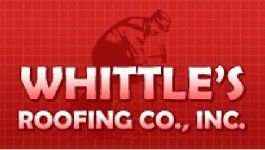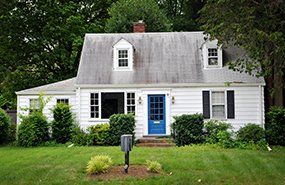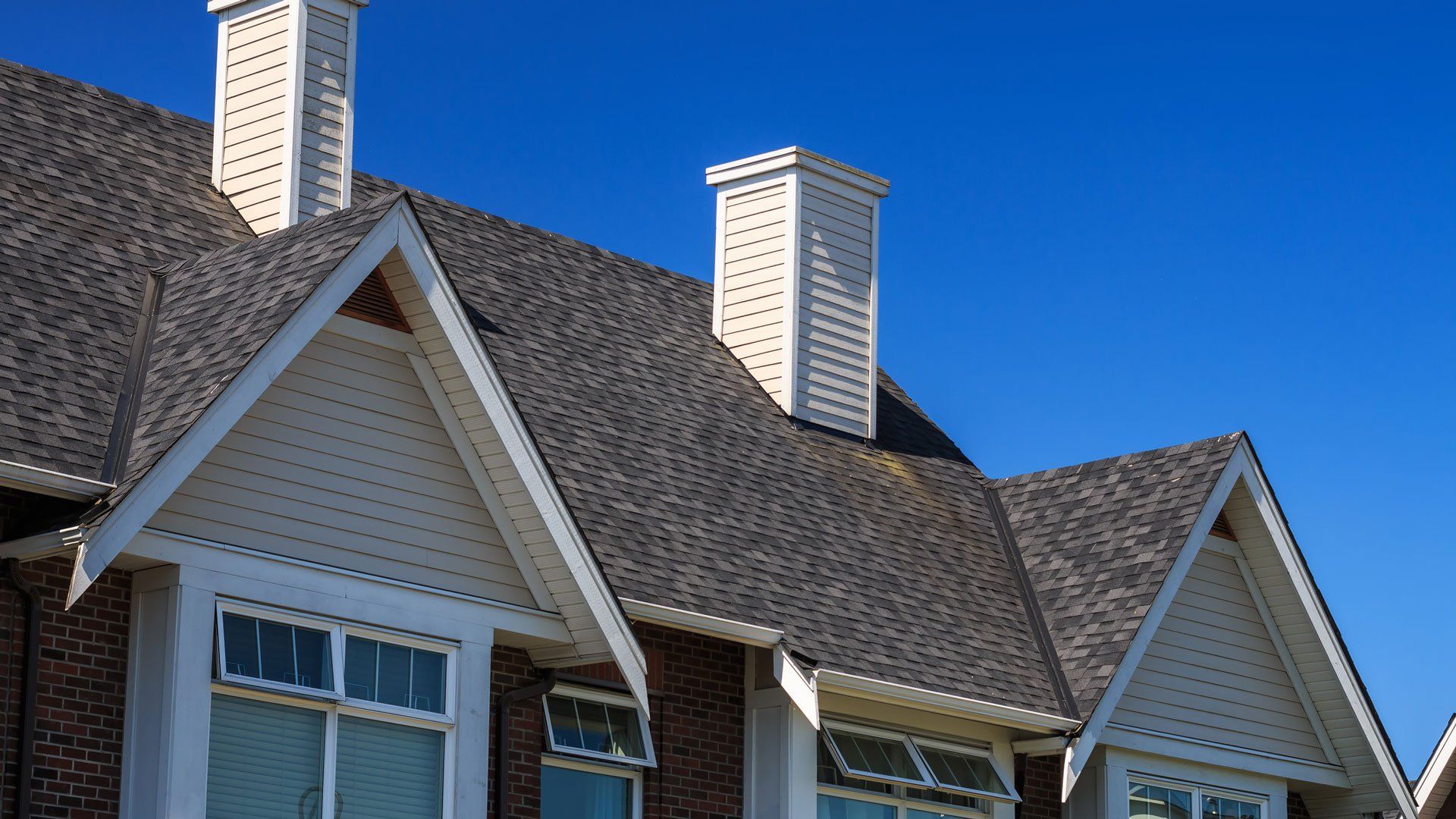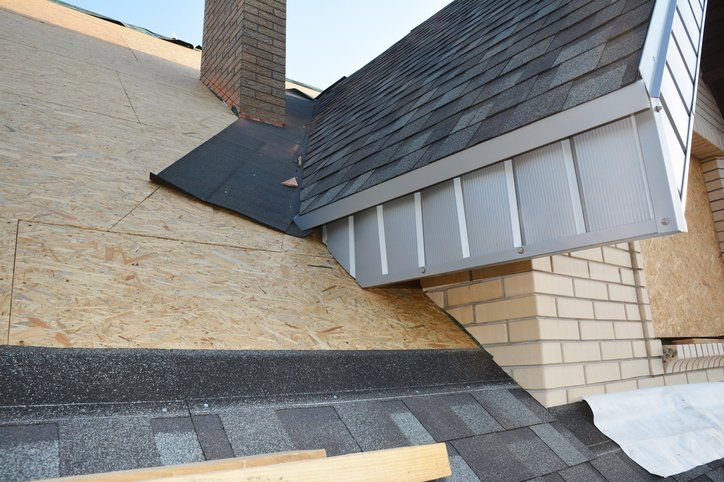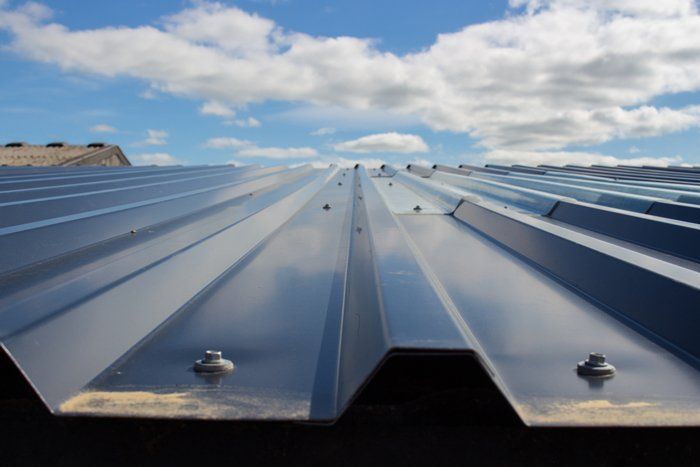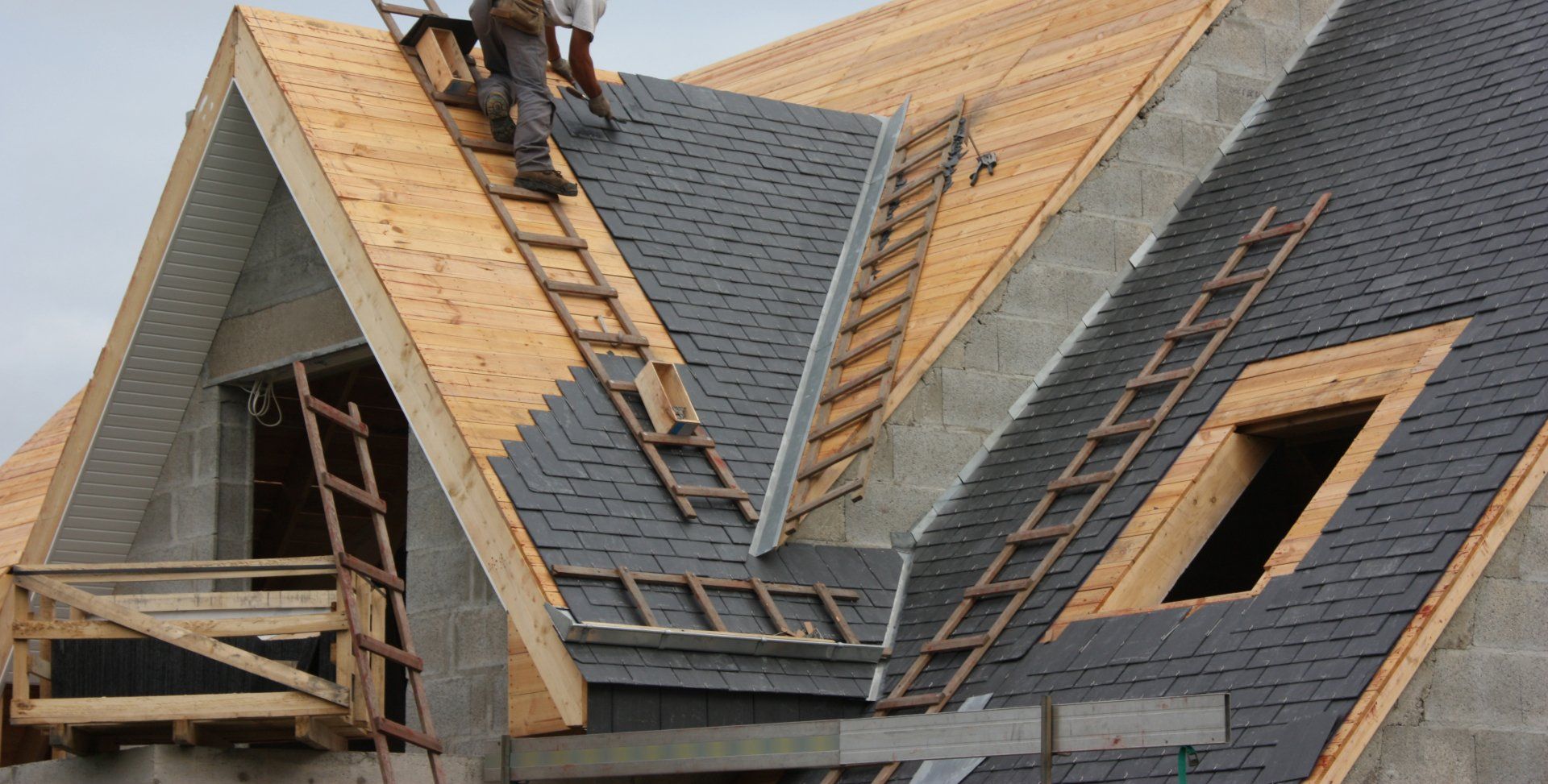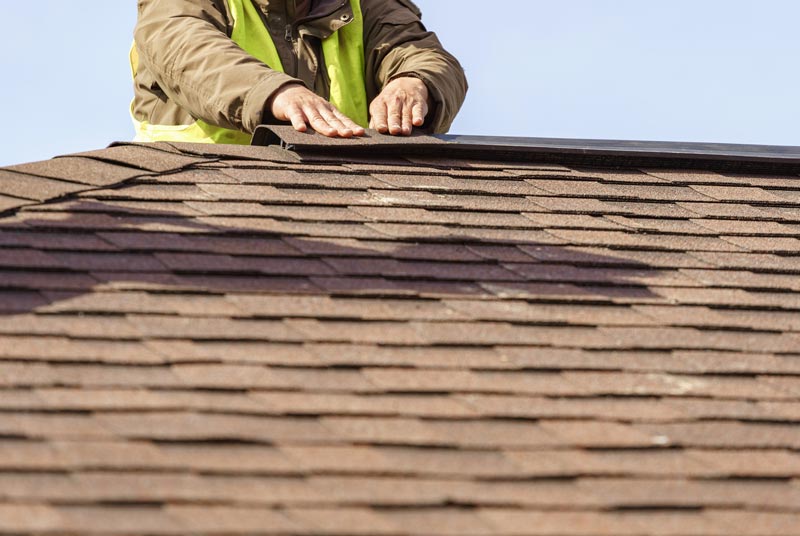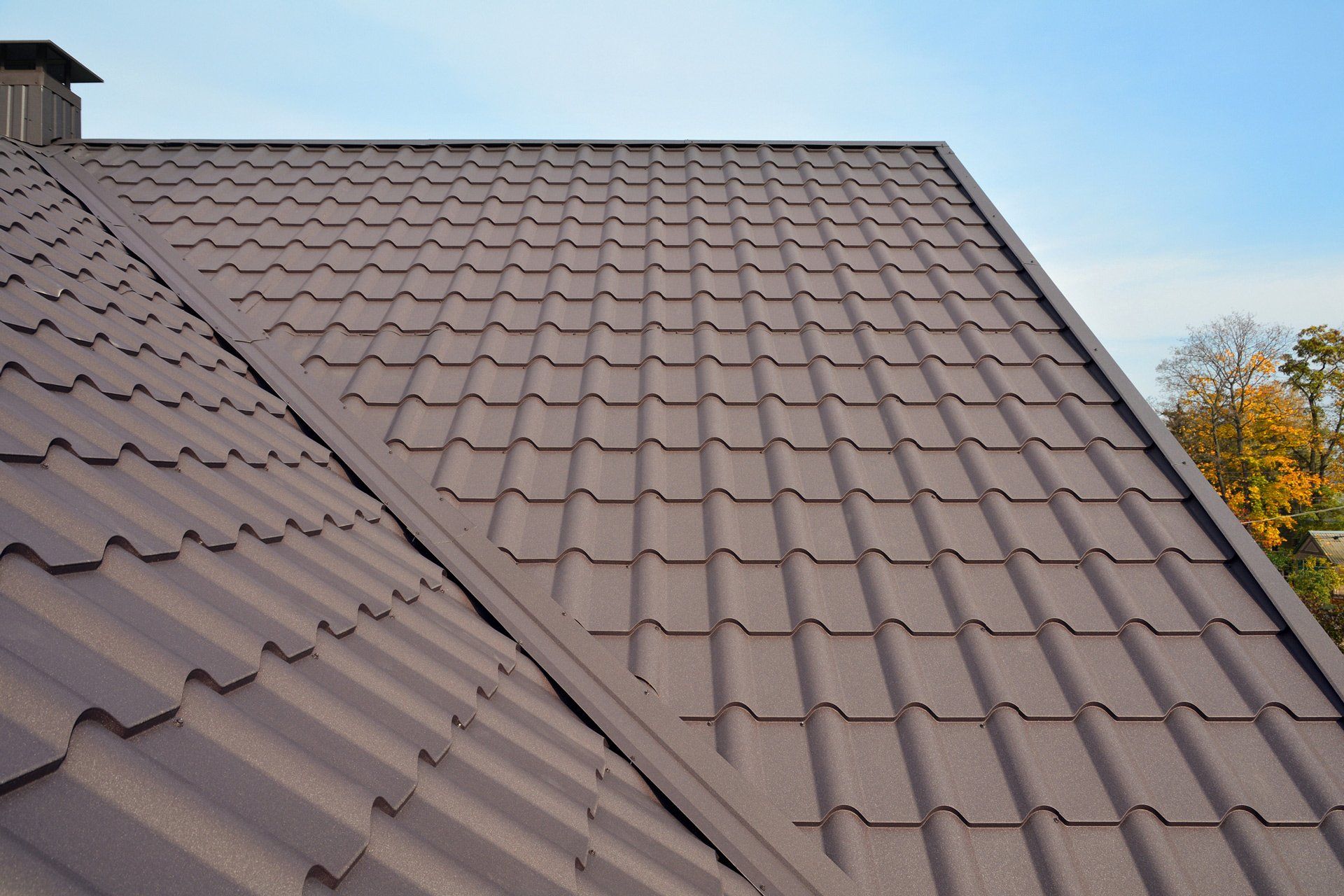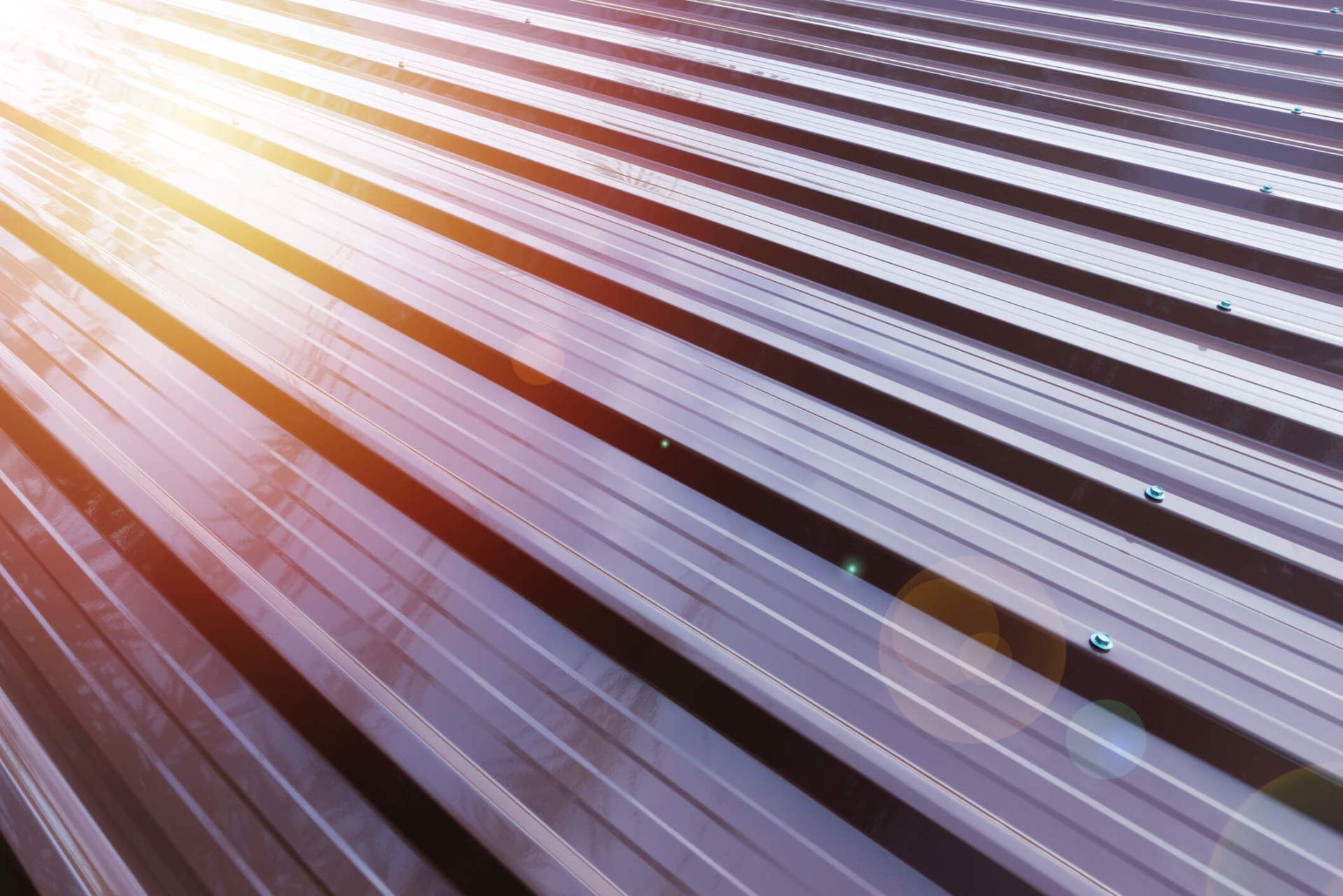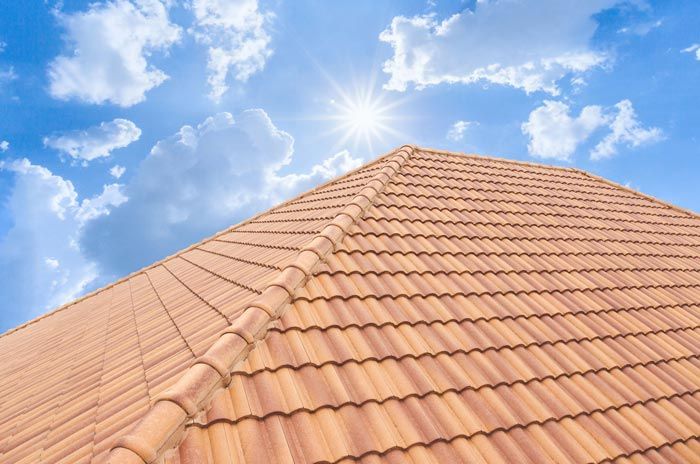TREES AND YOUR ROOF: A GUIDE TO DANGERS AND CHALLENGES
Admin • January 18, 2018
Trees can add beauty and value to your property, but only when they are in the right place. One place you do not want a tree to grow is so close to your home that it overhangs your roof. Trees growing over roofs can cause a number of roofing problems, some of which are immediate and others of which develop over time.
PROBLEMS CAUSED BY TREES GROWING OVER ROOFS
A tree overhanging your roof may initially look beautiful, and the shade it casts might even keep your home cooler. However, the problems below far outweigh the beauty and shade benefits of an overhanging tree.
Moss Growth
You're not the only one who likes shade on a hot day. Moss also enjoys the shade, and where a tree branch shades your roof, it becomes the perfect environment for moss growth. Moss destroys shingles and is difficult to remove once it begins growing. If moss starts growing on your roof, leaks and a roof replacement are just a few years down the road.
Clogged Gutters
Even evergreen trees shed needles sometimes. These needles, and also leaves from deciduous trees, end up in your gutters. Your gutters are meant to ferry water off the roof, but when they become clogged, they stop doing this job well. Water builds up on the edge of the roof, causing shingle deterioration and eventually leaks. It's tough to keep your gutters clear, even with regular cleaning, when a tree branch hangs directly over them.
Physical Roof Damage
The tree may also physically damage your shingles. If wind drags the branch back and forth across the shingles, this motion may wear away some of the shingle granules, making torn shingles and leaks more likely.
If a strong wind blows in, a branch may break off the tree and fall on your roof. Even though homeowners insurance generally covers the repair costs, nobody wants to spend weeks having a damaged roof and the associated water damage fixed.
SOLUTIONS FOR TREES GROWING OVER ROOFS
You have two options when it comes to dealing with a tree growing over your roof. You can remove or manage the tree, or you can upgrade to a roof that's more resistant to the types of damage that trees cause.
Trim or Remove the Tree
Tree companies often recommend just removing the tree branches that directly overhang the roof. While this approach may work in some cases, it does have its limitations. The rest of the tree can still cast shade on the roof, and if the wind blows in the right direction, a branch from the other side of the tree may even land on your roof. If you can manage to do so, removing the whole tree is the better option.
Switch to a Metal Roof
If the tree in question holds value for whatever reason, you may not want to have it removed or substantially trimmed. In this case, consider upgrading to a metal roof. You won't have as many problems with leaks if your gutters become clogged, and moss won't grow on a metal roof since there's no organic substrate for it to feed on.
Even with a metal roof, however, you will want to have the tree trimmed so that its branches do not scrape against the roof surface. The friction can wear away the roof's finish, leaving it prone to rust and corrosion.
There are many places where trees belong, but directly next to your home is not one of them. If you have a tall tree overhanging your roof, consider making an appointment with your roofing company. They can come inspect the roof for signs of damage and give you a better idea of whether trimming the tree, removing the tree, or upgrading to a metal roof is the best approach in your case.
If you're looking for a roofing company in the Gainsville area, contact Whittle's Roofing Co. Inc.
We offer repairs, metal roofing, and more.
Every homeowner needs to fully understand all the parts of their roof. Learn about four important features so you can protect your roof.
